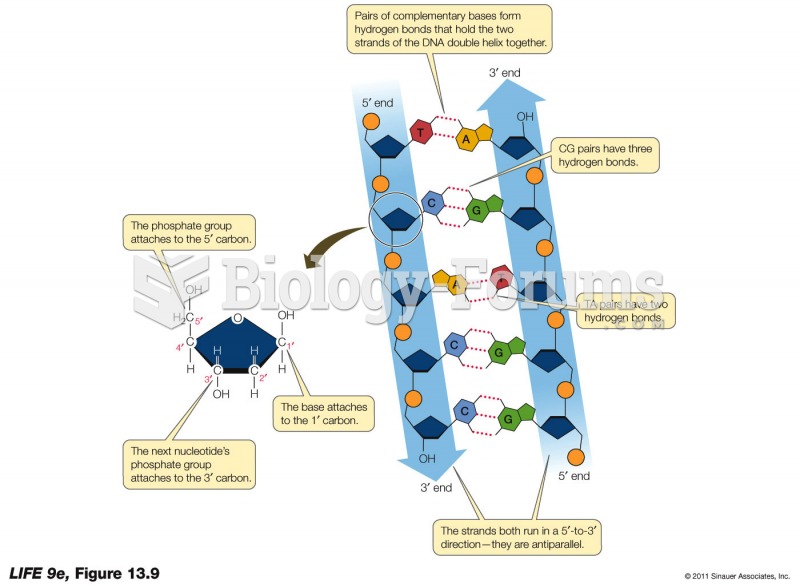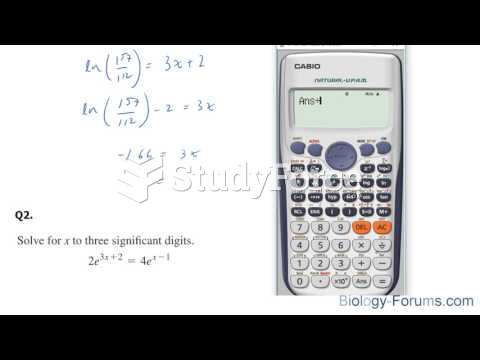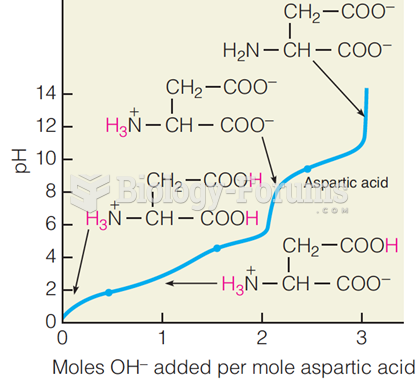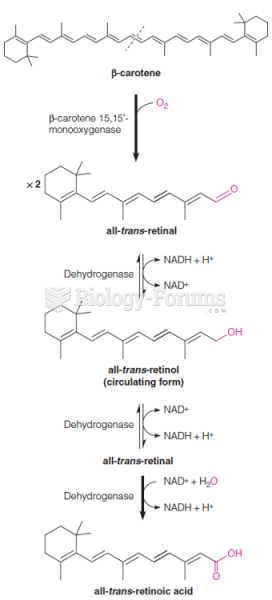CH3NH2 + HCl CH3NH3+ + Cl- A conjugate acid-base pair in the reaction shown is ________ and ________.
A) CH3NH2 and HCl
B) CH3NH2 and Cl-
C) CH3NH3+ and Cl-
D) HCl and Cl-
E) HCl and H3O+
Question 2
How much heat is absorbed when 45.00 g of C(s) reacts in the presence of excess SO2(g) to produce CS2(l) and CO(g) according to the following chemical equation?
5 C(s) + 2 SO2(g) CS2(l) + 4 CO(g) H = 239.9 kJ
A) 179.8 kJ
B) 239.9 kJ
C) 898.5 kJ
D) 2158 kJ
Question 3
C5H5N + H2CO3 C5H6 N+ + HCO3- In the reaction shown, the conjugate acid of C5H5N is ________.
A) C5H5N
B) H2CO3
C) C5H6N+
D) HCO3-
E) H3O+
Question 4
5.0 g of iron is reacted with 5.0 g of water according to the chemical equation shown below. Which one of the following statements is FALSE? 3 Fe(s) + 4 H2O(l) Fe3O4(s) + 4 H2(g)
A) 6.91 g of Fe3O4 are produced.
B) 2.85 g of H2O are left over.
C) Mass is conserved in this reaction.
D) Water is the limiting reactant.
Question 5
7.0 g of nitrogen is reacted with 5.0 g of hydrogen to produce ammonia according to the chemical equation shown below. Which one of the following statements is FALSE? N2(g) + 3 H2(g) 2 NH3(g)
A) 3.5 g of hydrogen are left over.
B) Hydrogen is the excess reactant.
C) Nitrogen is the limiting reactant.
D) The theoretical yield of ammonia is 15 g.
Question 6
How much heat is absorbed/released when 35.00 g of NH3(g) reacts in the presence of excess O2(g) to produce NO(g) and H2O(l) according to the following chemical equation?
4 NH3(g) + 5 O2(g) 4 NO(g) + 6 H2O(l) H = 1168 kJ
A) 600.1 kJ of heat are absorbed.
B) 600.1 kJ of heat are released.
C) 2400 kJ of heat are absorbed.
D) 2400 kJ of heat are released.
Question 7
Naturally occurring iron contains 5.82 54Fe, 91.66 56Fe, 2.19 57Fe, and 0.33 58Fe. The respective atomic masses are 53.940 amu, 55.935 amu, 56.935 amu, and 57.933 amu. Calculate the average atomic mass of iron.
What will be an ideal response?







